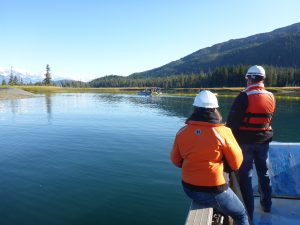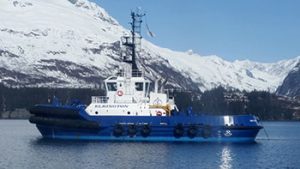By Susan Sommer
Drills and exercises are a vital part of making sure that companies transporting oil through Prince William Sound are meeting state laws and are capable of performing an effective spill response.
In early February, the Alaska Department of Environmental Conservation’s Division of Spill Prevention and Response, known as SPAR, published a draft white paper titled “Response Exercise Program Improvements.” Although the document pertains to the entire state, the council contends that some of the proposed changes might inadvertently reduce vigilance and preparation among plan holders and responders in Prince William Sound.
The council, in collaboration with the Cook Inlet Regional Citizens Advisory Council, provided feedback during the public review stage and encouraged the agency to consider the process used in Prince William Sound as a model for the rest of the state. It also noted that some aspects of the draft document need further study to determine long-range implications.
Read more
 Do you know if you or your community is prepared to advocate for themselves in the case of an oil spill? The Council recently developed resources to support affected stakeholders during such an event.
Do you know if you or your community is prepared to advocate for themselves in the case of an oil spill? The Council recently developed resources to support affected stakeholders during such an event.
